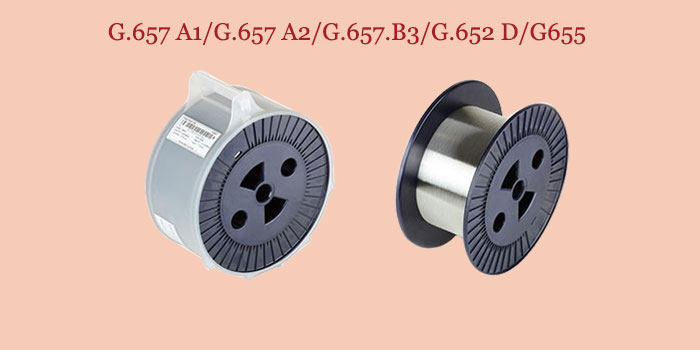The dawn of the 5G era has ushered in unprecedented advancements in connectivity, enabling everything from augmented reality to autonomous vehicles and smart cities. Yet, behind the scenes of this wireless revolution lies a critical, often overlooked infrastructure: bare optical fiber. As the physical backbone of 5G networks, bare optical fiber is the unsung hero powering the ultra-fast, low-latency communication that defines modern connectivity.

The 5G Imperative: Speed, Latency, and Scalability
5G technology promises download speeds up to 100 times faster than 4G, latency reduced to mere milliseconds, and the capacity to support millions of devices per square kilometer. These capabilities are essential for emerging applications like real-time IoT ecosystems, telemedicine, and industrial automation. However, delivering on this promise requires more than just advanced antennas or spectrum allocation—it demands a robust, high-capacity transport network.
This is where bare optical fiber comes into play. Unlike traditional copper cables or even standard fiber optic lines with protective coatings, bare optical fiber refers to ultra-thin strands of glass or plastic fiber stripped down to their core. This minimalist design minimizes signal loss and maximizes bandwidth efficiency, making it ideal for transmitting vast amounts of data over long distances with minimal delay.
Why Bare Optical Fiber Is Essential for 5G?
Unmatched Bandwidth Capacity
A single strand of
bare optical fiber can carry terabits of data per second, far exceeding the demands of 5G’s multi-gigabit speeds. As 5G networks densify with small cells and edge computing nodes, bare fiber provides the scalability needed to handle exponential data growth.
Low Latency for Real-Time Applications
The reduced material layers in bare optical fiber decrease signal attenuation and dispersion. This ensures that data travels at near-light speed, critical for applications like autonomous vehicles, where even a millisecond delay could have catastrophic consequences.
Future-Proof Flexibility
Bare optical fiber’s simplicity allows telecom operators to customize its use. Whether deploying dense wavelength-division multiplexing (DWDM) to boost capacity or integrating it with emerging technologies like quantum communication, bare fiber adapts to evolving needs without requiring infrastructure overhauls.
Cost Efficiency in the Long Run
While initial deployment costs for fiber networks are high, bare optical fiber’s durability and low maintenance requirements make it a cost-effective solution over time. Its immunity to electromagnetic interference also reduces downtime risks compared to copper alternatives.
Synergy in Action: 5G and Fiber Networks
The relationship between 5G and bare
optical fiber is symbiotic. 5G’s radio access networks (RANs) rely on fiber to connect cell towers, small cells, and data centers. For instance, fronthaul and backhaul networks—the critical links between cell sites and core networks—depend almost entirely on fiber optics to meet stringent latency and bandwidth requirements.
In urban areas, where 5G small cells are densely packed to ensure coverage, bare optical fiber’s compact size and high performance make it the preferred medium. Similarly, in rural regions, fiber backbones enable 5G signals to reach remote areas without sacrificing speed or reliability.
Challenges and the Road Ahead
Despite its advantages, deploying bare optical fiber at scale remains a challenge. Installation requires significant upfront investment, regulatory approvals, and skilled labor. Governments and private enterprises are addressing this through initiatives like the U.S. Broadband Equity Act and the EU’s Digital Decade program, which prioritize fiber rollout as part of national infrastructure goals.
Looking ahead, the convergence of 5G and fiber optics will only deepen. The rise of 6G research already hints at terahertz frequencies and even faster speeds, which will demand further innovations in fiber technology. Meanwhile, advancements in hollow-core fiber and photonic integration could redefine the limits of data transmission.

Conclusion
5G networks and bare optical fiber are two sides of the same coin—one enabling wireless innovation, the other providing the physical foundation to sustain it. As industries and consumers alike push the boundaries of connectivity, investing in fiber infrastructure will remain non-negotiable. In the race toward a hyper-connected future, bare optical fiber isn’t just a component of the network; it’s the bedrock upon which the digital world is built.
By understanding and prioritizing this synergy, businesses and policymakers can ensure that the promise of 5G—and beyond—is fully realized.


